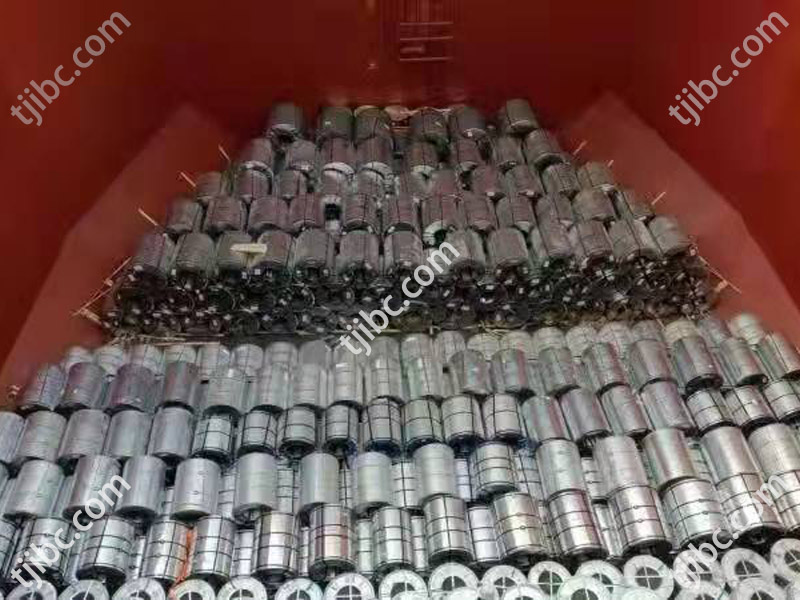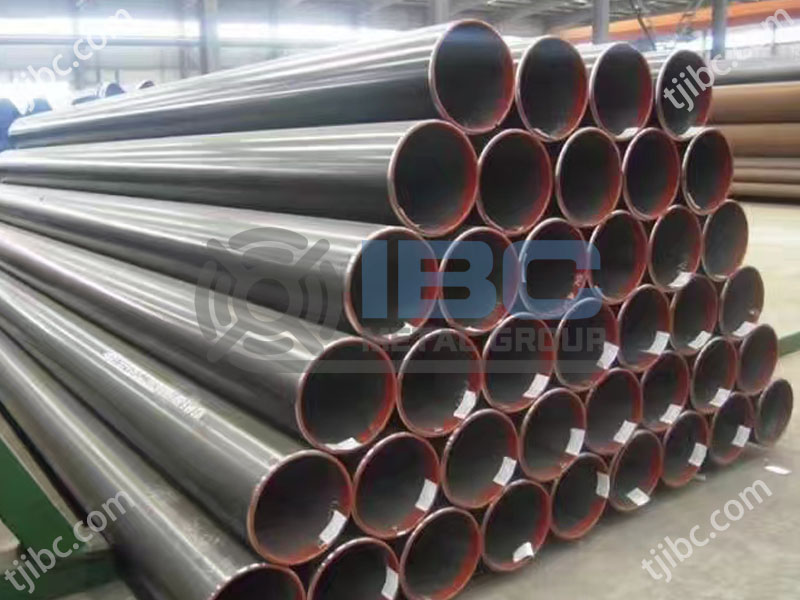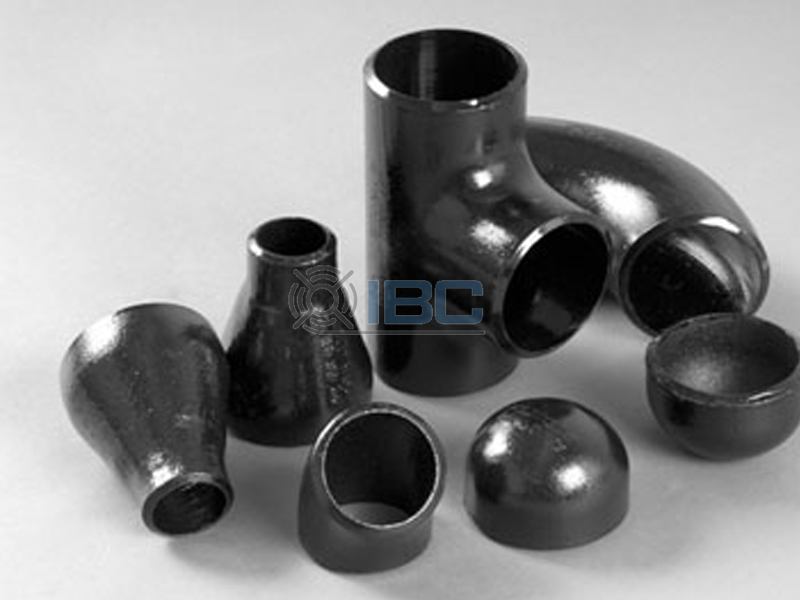Performance Advantages Of Low Temperature Silicon Steel
1. Excellent low temperature toughness
ASTM A1018 low temperature silicon steel can maintain good toughness under extreme low temperature conditions, which is one of its most significant performance advantages. This means that in cold winter or high altitude areas, the steel is not prone to brittle fracture, thus ensuring the safety and stability of the building structure in extreme weather conditions. This low-temperature toughness makes it ideal for Bridges, high-rise buildings, and others that need to withstand long-term loads and extreme weather conditions.
2. High strength combined with good toughness
In addition to low temperature toughness, it also has a perfect combination of high strength and good toughness. High strength means that this steel is able to withstand greater loads and improve the overall stability of the structure. The good toughness ensures that the steel is not easy to plastic deformation or fracture in the process of stress. This balance of strength and toughness enables this silicon steel to perform well in a variety of complex stress environments.
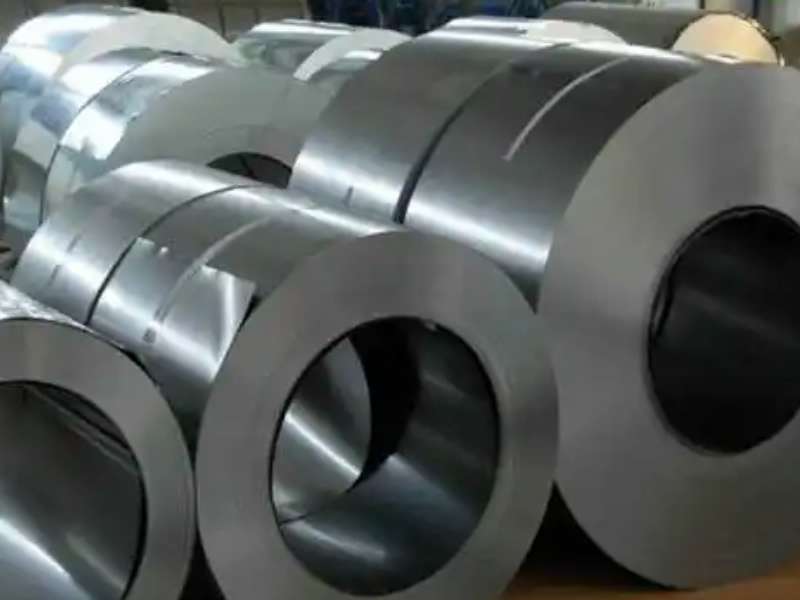
3. Excellent welding performance
It has good welding performance, which makes it more convenient in the process of on-site processing and installation. The steel can show good welding quality and strength whether it is welded by hand, automatic welding or gas shielded welding. At the same time, the risk of defects such as cracks and slag inclusions generated during the welding process is relatively low, thus ensuring the overall quality and safety of the building structure.
4. Excellent corrosion resistance
With proper surface treatment, it can effectively resist corrosion and oxidation and extend its service life. This excellent corrosion resistance enables the steel to maintain good performance in wet, salt spray and other harsh environments. This reduces maintenance costs and replacement frequency.
Application Of Low Temperature Silicon Steel In Construction Field
1. Bridge construction: Build various types of Bridges. In particular, Bridges need to withstand extreme climatic conditions and long-term loads.
2. High-rise buildings: as the main load-bearing structural material of high-rise buildings, it can improve the stability and safety of buildings.
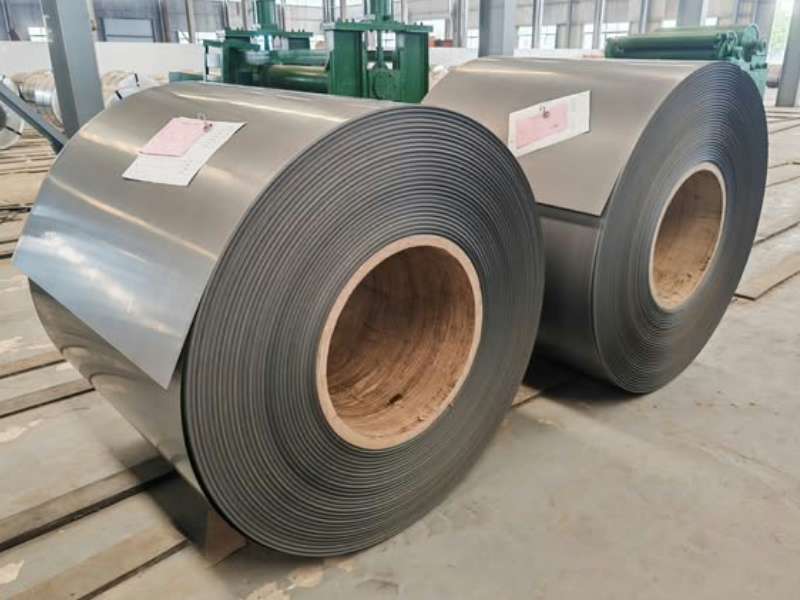
3. Large public facilities: such as stadiums, exhibition halls, airports and other large public facilities structural support materials.
4. Other construction fields: such as steel structure workshop, warehouse, cold storage and other buildings that need to withstand low temperature environment and long-term load.
In addition to the construction sector, low temperature silicon steel plays an important role in several industrial fields. In the energy field, due to its excellent low temperature toughness and high strength, it can manufacture liquefied natural gas (LNG) storage tanks, low temperature pipelines and polar research facilities. These facilities require stability and safety at extremely low temperatures, and cryogenic silicon steel is an ideal material to meet this demand.
In addition, in the aerospace field, it can also manufacture key components of aircraft and spacecraft, such as wings and fuselage structures, to ensure the flight safety of aircraft in extreme weather conditions.
Operating Guide | Low Temperature Silicon Steel
1. Material inspection: Before construction, workers should conduct a comprehensive inspection of low temperature silicon steel to ensure that it meets the standards and has the required mechanical properties and chemical composition.
2. Processing and cutting: adopt appropriate cutting equipment and technology to ensure the flatness and accuracy of the cutting surface. In the process of processing, attention should be paid to avoid overheating and deformation of steel.
3. Welding and connection: adopt appropriate welding methods and materials to ensure the quality and strength of the weld. In the welding process, the welding parameters should be strictly controlled to avoid defects such as cracks and slag inclusion.
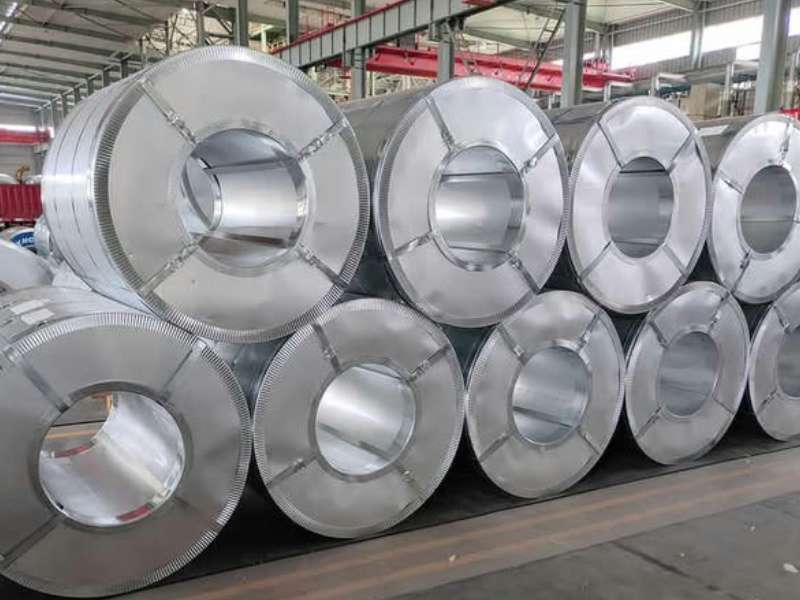
4. Installation and commissioning: carry out the installation and commissioning of steel according to the design drawings and specifications. In the process of installation, attention should be paid to the positioning and fixing of steel to ensure its stability and safety.
5. Quality inspection: After the completion of construction, quality inspection of steel shall be carried out, including appearance inspection, mechanical property test and non-destructive testing, etc., to ensure that the construction quality meets the design requirements.
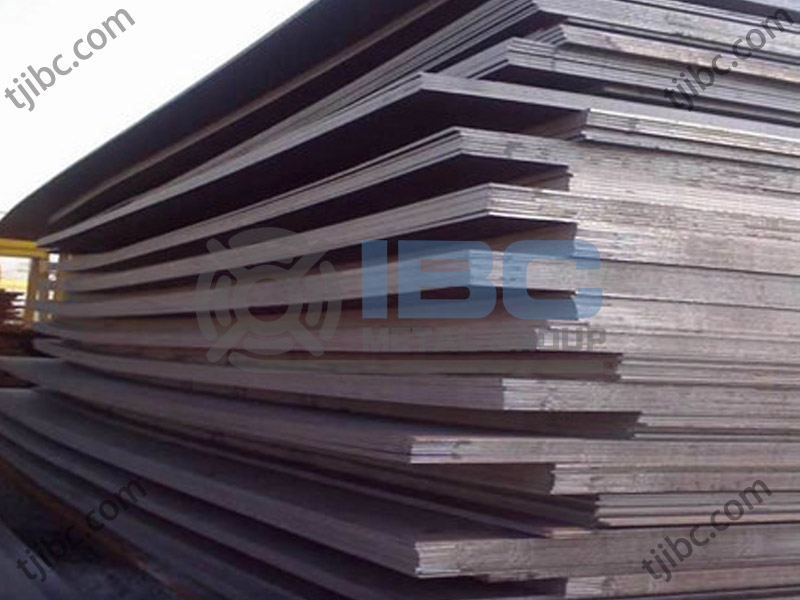
Contact with us today!

